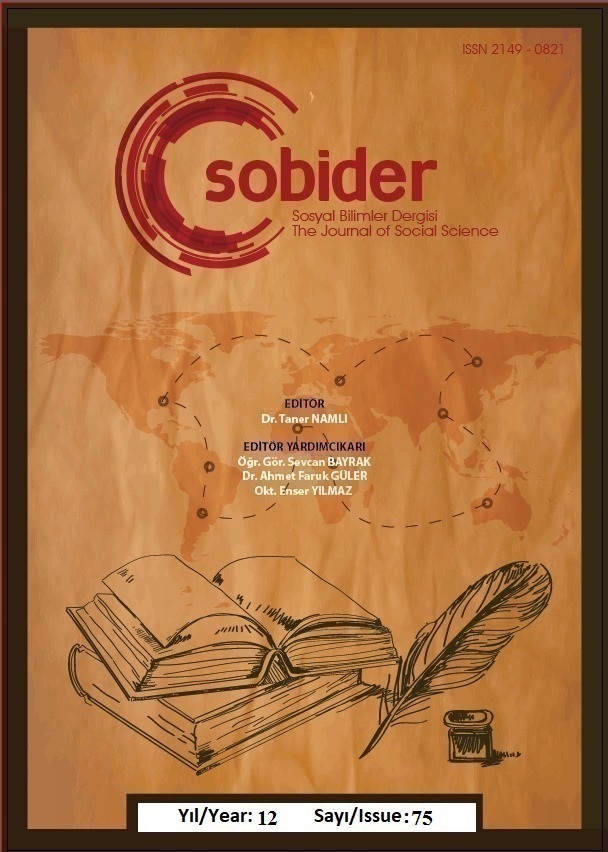Author :
Abstract
Bu araştırma çocukların resim yapma sürecinde geçirdiği gelişim aşamalarını ele almaktadır. Genetik mirasın ve çevresel faktörlerin bireyin entelektüel yetenekleri üzerindeki etkisi vurgulanarak resim yapma yeteneğinin bilişsel, duyusal ve fiziksel gelişimle nasıl ilişkili olduğu açıklanmıştır. Bebeklikten itibaren duyusal motor gelişiminin önemi vurgulanarak bebeklerin motor becerilerinin aşama aşama nasıl geliştiği anlatılmıştır. 2 ve 4 yaş arası karalama dönemi çocukların el, göz koordinasyonlarını ve ince motor becerilerini geliştirdiği ilk aşama olarak incelenmiştir. Psikolog Rhoda Kellogg’un çocuk karalamaları üzerine yaptığı araştırmalar örneklerle sunulmuştur. 4 ve 7 yaş arası şema öncesi dönem çocukların sembolleştirme yeteneklerinin geliştiği ve insan figürlerini detaylandırmaya başladıkları dönem olarak ele alınmıştır. 7 ve 9 yaş arası şematik dönem ise çocuğun çevresiyle daha bilinçli bir bağ kurarak perspektifin izlerini taşıyan çizimler yapmasıyla karakterize edilir. Çocukların resim gelişimlerinin sanatsal ve bilişsel süreçlerinin bir parçası olduğu vurgulanmakta, bu sürecin doğal akışına müdahale edilmemesi gerektiği belirtilmektedir. Bu makalede nitel araştırma yöntemlerinden döküman incelemesi tekniği kullanılmıştır.
Keywords
Abstract
This article examines the developmental stages that children go through during the drawing process. The effect of genetic heritage and environmental factors on the individual's intellectual abilities is emphasized, and how the ability to draw is related to cognitive, sensory and physical development is explained. The importance of sensory motor development from infancy is emphasized, and how infants' motor skills develop step by step is explained. The scribbling period between the ages of 2 and 4 is examined as the first stage in which children develop hand-eye coordination and fine motor skills. Psychologist Rhoda Kellogg's research on children's scribbles is presented with examples. The pre-schematic period between the ages of 4 and 7 is considered as the period in which children's symbolization abilities develop and they begin to detail human figures. The schematic period between the ages of 7 and 9 is characterized by the child establishing a more conscious connection with his/her environment and making drawings that bear traces of perspective. It is emphasized that children's drawing development is a part of their artistic and cognitive processes, and it is stated that the natural flow of this process should not be interfered with. In this article, the document review technique, one of the qualitative research methods, is used.





